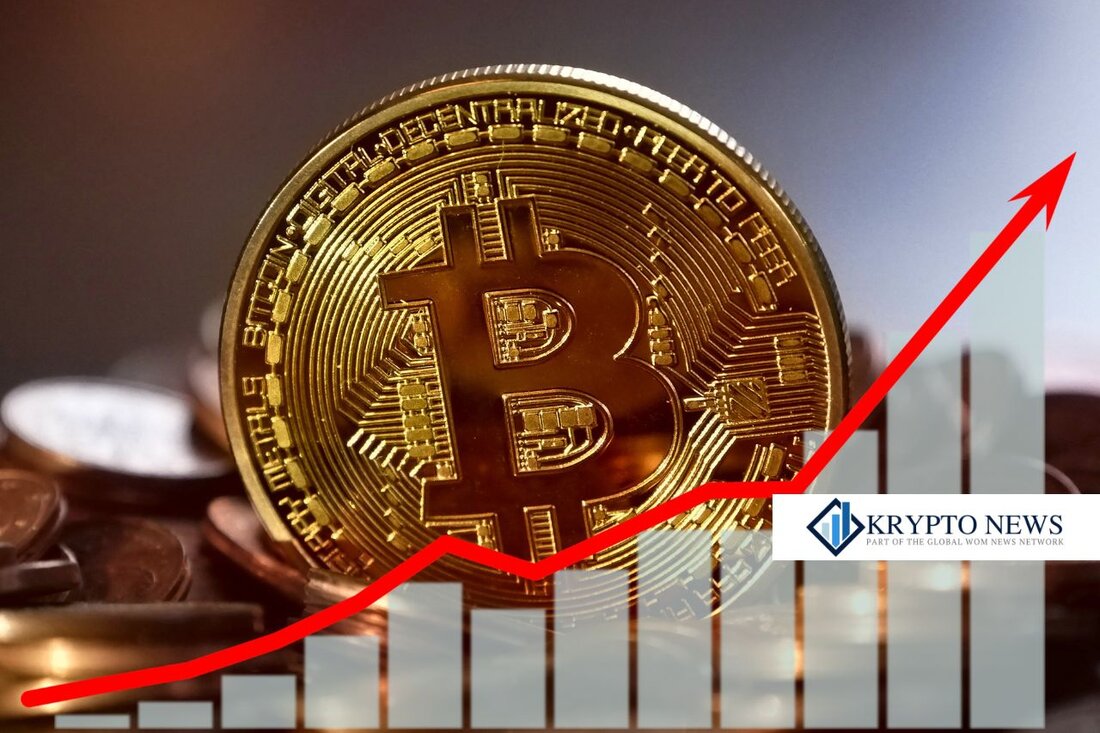Bitcoin Mining Energy Consumption Rises 112% to 33 Gigawatts: Transactions Hit 2-Year Low with Fees Below 1% of Block Rewards
Increasing energy consumption in Bitcoin mining: An overview In recent months, energy consumption in Bitcoin mining has undergone a remarkable development. Mining power has increased by an impressive 112% and reached a value of 33 gigawatts. This increase raises questions about the sustainability and efficiency of the Bitcoin network. While mining capacity is skyrocketing, network transactions are seeing a decline. They are currently at a two-year low, which could indicate reduced interest or activity within the Bitcoin community. This development could also impact the fees miners receive for their work. Transaction fees are now down to less...

Bitcoin Mining Energy Consumption Rises 112% to 33 Gigawatts: Transactions Hit 2-Year Low with Fees Below 1% of Block Rewards
Increasing energy consumption in Bitcoin mining: An overview
In recent months, energy consumption in Bitcoin mining has undergone a remarkable development. Mining power has increased by an impressive 112% and reached a value of 33 gigawatts. This increase raises questions about the sustainability and efficiency of the Bitcoin network.
While mining capacity is skyrocketing, network transactions are seeing a decline. They are currently at a two-year low, which could indicate reduced interest or activity within the Bitcoin community. This development could also impact the fees miners receive for their work. Transaction fees have now fallen to less than 1% of block rewards, calling into question the economic incentives for miners.
The growing energy consumption comes in the context of ongoing discussions about the environmental impact of cryptocurrencies and their energy efficiency. As more countries take action to reduce carbon emissions, miners and investors are finding themselves under increasing pressure to develop more sustainable practices.
In summary, the increase in energy consumption in Bitcoin mining paints a complex picture against the backdrop of decreasing transaction numbers and falling fees. Developments in this area should be closely followed by investors and interested parties in order to gain a better understanding of the dynamics of the Bitcoin market.

 Suche
Suche
 Mein Konto
Mein Konto
